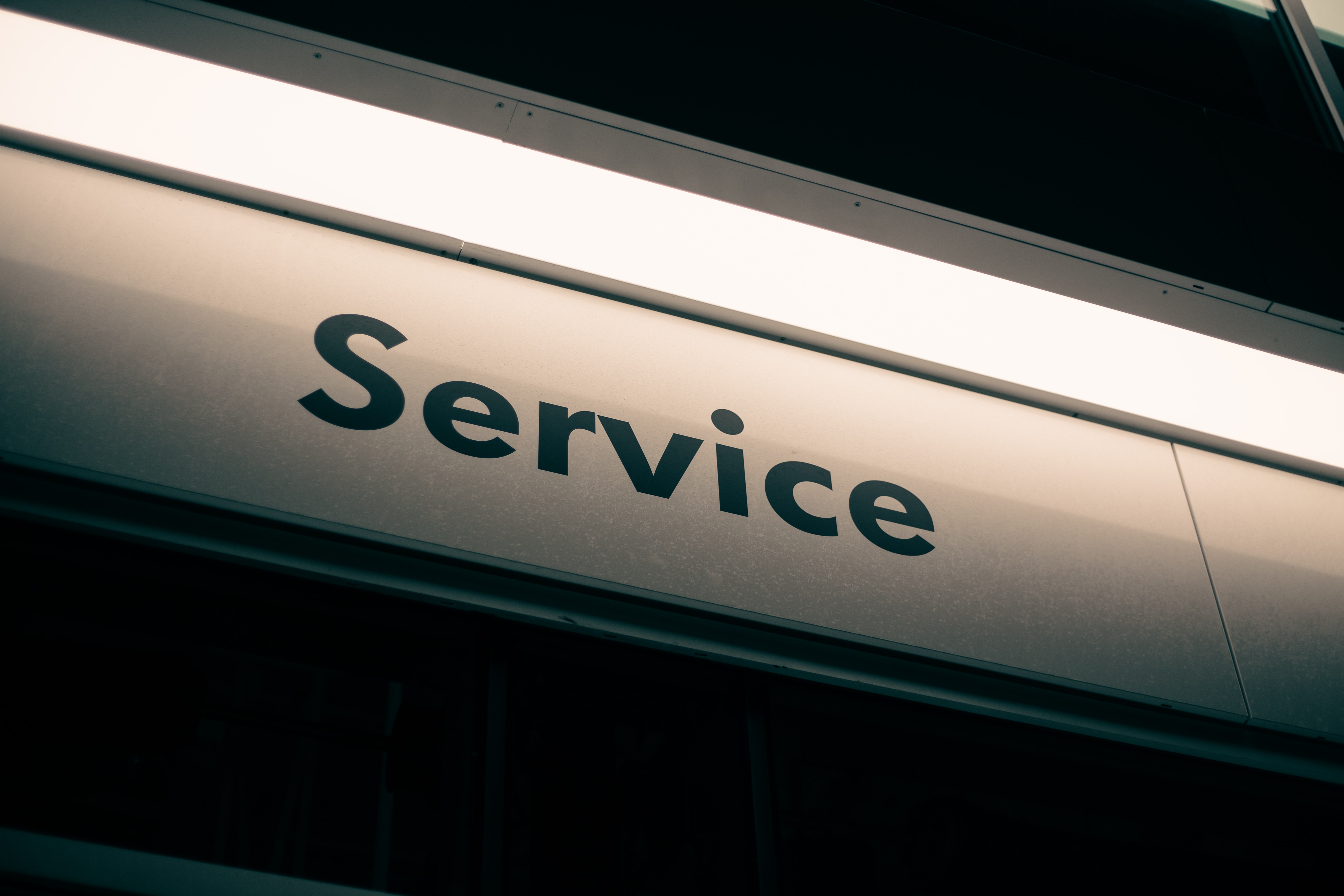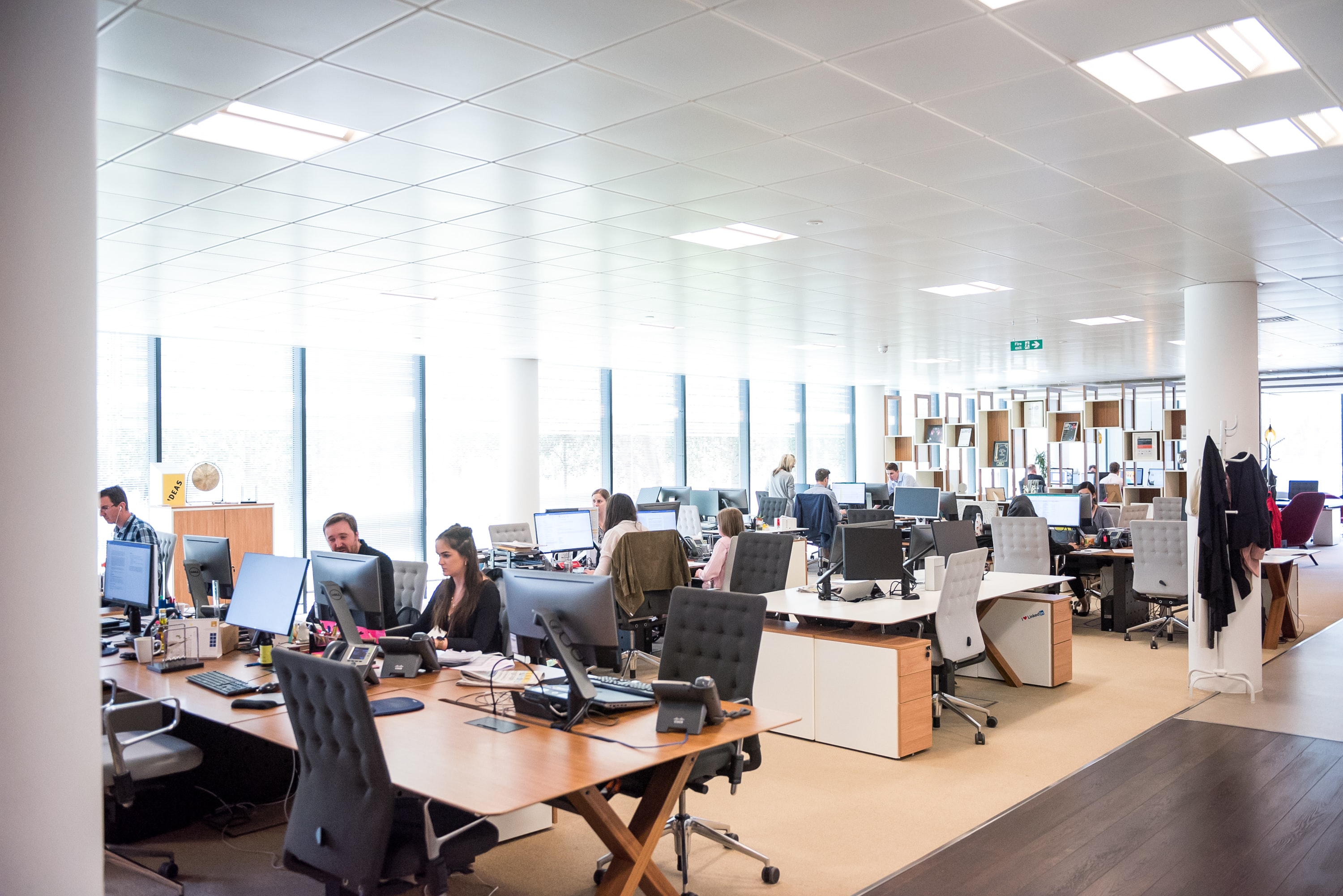How to set rates for your coworking space
Are you thinking of opening a coworking space and want to know what is the right price for your services? Do you have a coworking space and want to review your rates to make sure they are where they should be?
To successfully calculate the prices for a coworking space the first thing you need to be totally clear about is your costs. You can have the best pricing strategy in the world, but it will never be effective if it collides with your costs.
Let's be honest: you probably have an idea of ideal prices in your head already. A good place to start is to put that hypothetical pricing list in a spreadsheet.
1. Do a benchmark
In most cases, there will be at least one other coworking space in your city or town. If so, research their rates and add them to the spreadsheet you have created. When you do this you are likely to run into some difficulties. Some of the common pitfalls are:
Sometimes spaces give “creative names” to their rates.
The information they publish on their website is not complete.
An in-depth analysis of what they offer combined with consulting a local or global directory of venues (where venues are obliged to make their plans clearer) can help in many cases to resolve both of these issues. If this does not resolve them, there are two very different ways to completely eliminate these doubts.
On the one hand, the collaborative strategy, which was commonplace before coworking was an industry, consisted of introducing yourself to existing spaces and asking them about coworking in general and about their experience in particular. The competitive strategy, in line with today's competitive mindset, is to send mystery shoppers to the different spaces in order to get the information. Choose the one that suits you best.
Classify the different rates that exist within the categories you had planned to offer. Sometimes it happens that there are tariffs that do not make much sense to you, as maybe only one of the spaces in the area has that rate. This can be put down to a couple of things:
The rate applies to a specific need detected by the space and responds to it.
The space has confused the need of a specific user with a general need and has added a rate (which does not make much sense) to its public rates.
Don't get hung up on this, just flag these strange tariffs and we'll come back to them later.

2. Tariff categories
Now that you have classified all the tariffs and we can compare them with the ones you had planned to use. Check how you could classify them within the different existing tariff categories (this is a generalisation but the presence of global players means that there may be less variety than you imagine).
Office space
Private spaces of different sizes are usually charged by the number of users rather than by square metres (to avoid quick comparisons with traditional office space). In a COVID-19 environment, it might be worth rethinking this, as capacity reductions may have to be put in place if restrictions are applied by local authorities or national mandates.
These tariffs are typically marketed for periods of a minimum of six months to one year, although COVID-19 has varied this in some cases. In many markets, users must make a deposit corresponding to two months of the value of the room and give 60 days' notice in case they do not want to renew the contract. Check the conditions of your local market to find out what the usual terms are for this type of service.
Open Space
Dedicated desk
A membership that entitles you to exclusive use of a desk. They are marketed in periods of one month. The contract conditions vary from country to country and sometimes depending on the target audience. In some cases, a deposit of one month is required as well as a 30-day notice in case of non-renewal.
Hotdesk
A membership that does NOT have a dedicated desk. There are two very different types of these memberships:
Basic membership (some operators try to use fancy names such as “club” for these”)
These users are given access to the common areas of the space to work. It is a membership in which you provide the user with an environment similar to a café.
Flex "Premium" membership
A flex user who has a workspace in their own dedicated office area.
A flex user who has access to a workstation in a communal office area.
Virtual Offices
This service offers different levels of service, from the simplest of receiving mail and parcels for the client to having a few hours of meeting room access included in the fee or extra services such as a telephone answering service, among others.
Pay-per-use rates
These rates, once anecdotal in the vast majority of venues (except in tourist locations), have become very popular with the pandemic.
By Days
Pay-per-day rates. They are usually sold individually or in packages.
By Hours
Pay by the hour. They are usually sold in packages of different sizes (in a coworking café you pay by the hour).
You can now classify your rates and those of other existing spaces into these categories. If you notice that several operators offer services that do not fall into this classification in your market, try to understand what needs they meet and how much demand they have and act accordingly. Examples might be morning and evening rates (which some operators have difficulty enforcing). If some of them seem to be popular, consider adding them to your rates and or create a better alternative rate for those rates - but take into account they will require more explanation to potential clients.
3. Compare with the price of neighbouring offices
Especially in the case of office rates you should compare the price with conventional rents. Obviously, offices in coworking spaces should offer a much lower monthly cost because you are including many services and utilities in a single bill and with a much shorter commitment than in a conventional rental.

4. Review existing spaces
When someone visits a coworking space the first thing they will see is the aesthetic of the space. Obviously, they will also see the type of people in the space, but the quality of service, the great extras you include, etc. remain at this point a mere promise rather than a fact. I'm not saying you can't explain that your service is of a certain standard, just try to avoid it being forced.
The look of the space is important: it is a fact, it is what they see in front of them, it doesn't lie and as they say, a picture is worth a thousand words.
Compare your space with other flexible workspaces that exist in your city, district or neighbourhood (depending on density), visit as many of them as possible and try to understand what kind of audience they attract. This will include looking at social networks, websites, the physical space and types of members that are there. Compare them to your space and try to be honest with yourself about the results.
But what about all the extras you've thought of - do they have any value? Of course, they do, but as I said earlier, at this point, they are no more than a promise. For some users they will be very interesting, for many others they will be of no importance (although if they become members you will have the opportunity to convert some of them into customers of those extra services).
Just be cautious: if you include too many of them in your base tariff and the value is not perceived, your tariff will be seen as uncompetitive by those users who do not value the included services.
5. Talk to people in your target audience
Let's try to create a focus group by choosing your fussiest friends and introduce them to the different spaces you compete with, as well as your own if it is up and running. First show them images of the spaces and ask them to rate them from 1 to 5. Ideally, do not show any logo or brand to try to make it as neutral as possible (you can look for images not only on their websites but also on Google Maps). Then ask them to rate the location of each one. Ask them to imagine what kind of audience is a user of each space (if they haven't seen many members in the previous photos it's better but it's OK if they have).
Finally, ask them to guess the price of the spaces you have shown them. Note: you don't have to make them guess all the categories, the price of offices and coworkers at a dedicated desk is enough (if Day Passes or other rates are more relevant in your area, ask them about those).
Compare the prices they have said with the real ones. Once you have done this, ask them to guess the prices of your space. And remember, things can go one way or the other but the value people perceive is important. The closer the group is to your target audience and the more objective they are with their opinions and ratings, the more accurate the result will be.
If the responses you get are very different from what you had hoped, two things can happen:
You are failing to convey the value of your space.
You have a perception that doesn't match the view of those you asked (and if these people are your target audience it will be a problem).
Throughout the session, you should try to be neutral and not lead the group to the answers you want to hear. If you are not able to be neutral, ask someone else to lead the session. Your main job is to take notes on everything that happens, in fact, it wouldn't hurt to videotape the session so that you can review it later.
I think this group would work best in a lighthearted and informal way so that people are more open and honest, but depending on your background or approach you can do it more or less formally.

Wrap up
If you have followed all the steps you now know your market, you know what your competition offers and what people expect from them. Hopefully, your rates will not need to be adjusted or will just need a little tweaking. If not, don't despair, analyse the information you have been given, reopen your spreadsheet and try to find a way to make things work within the parameters set by your focus group and what you want to get out of the space.
If you have read other articles I have written on the Nexudus blog you know that this is one of my favourite topics. If you haven't you might be interested in reading them because they all talk about price and other related factors. Check out the following articles on Coliving, Marketing lessons we have learnt over the past year or two, and this one on how to negotiate coworking rates. Enjoy!
Related stories
10 Award-winning Coworking Space Designs: A Comprehensive Guide
Vibrant, contemporary workspaces create an undeniable ‘wow’ factor. Textured designs and ambient lighting make spaces feel warm and cosy, while natural elements and biophilic design features have literal mood-boosting properties.
The Power of People: Building a World-Class Team in Coworking
Coworking spaces thrive on the “co” – the collaborations, connections, and community – that can be formed within a flexible workspace. In fact, community activation is what transforms shared workspaces from mere buildings into vibrant, thriving hubs that empower people in their professional lives and create meaningful community experiences.
6 Powerful Storytelling Techniques to Elevate Your Coworking Space
If you've been reading about coworking space design recently, you've probably come across an article or two that mentions narrative design and wondered what exactly it is and how it differs from traditional interior design, as well as how it can be used to improve design.
How Local Coworking Spaces Become Catalysts for Community Impact
Imagine swapping the 2-hour commute for a 15-minute bike ride to the office – what would you do with the time you’ve saved? You might use it to build a growing network of neighbours, spend more quality time with family, or even volunteer with a local organisation, becoming more deeply rooted in your community.
Niche Coworking Spaces: New Opportunities for Specific Industries in 2025
As demand for coworking continues to grow, niche coworking spaces stand out. Catering to the specific needs of distinct professional communities, these specialised workspaces go beyond just offering a desk and Wi-Fi. In fact, they provide tailored environments, resources, and networks enabling professionals to thrive in their respective fields. This article explores the opportunities these niche coworking spaces offer in various industries in 2025.
Evolving Needs of Flex Space Occupiers
Flex space industry growth has undeniably been accelerated by a major shift towards more flexible work models. Last year, 45% of office workers were hybrid, splitting their time between home, the office, and third places, reports Ipsos Karian & Box. Times are changing, bringing new expectations around the purpose of the office. At GCUC UK London, the panel discussion: “Evolving Occupier Needs in the Flex Space Market,” offered valuable insights into the transforming expectations of flex space occupiers. This article shares some of their conversations while exploring this topic further.
Top 10 coworking spaces for digital nomads
The rise of hybrid working brings an exciting lifestyle opportunity for adventure seekers. Indeed, digital nomadism – combining remote work with travel, where nomads don’t have a permanent residence – is so popular right now
Marketing Your Coworking Space: 3 Strategies That Work
Creating and sticking to a successful marketing plan isn’t always easy in a coworking space, especially if you're a lean team - with a tight budget - juggling multiple responsibilities. But the fact is, marketing has a direct impact on growth, visibility and the ability to attract and retain members.
9 ways to transform your coworking space into a haven for freelancers.
How to transform your coworking space into a haven for freelancers is a matter of understanding the needs of this diverse group of professionals. However, as you start to delve deeper into this process, you'll realise that it's impossible to cater to all the needs of this diverse group, although you probably shouldn't try, given that neither your budget nor the space you have at your disposal is infinite.
The Future of Coworking Spaces: 5 Essential Trends to Watch in 2025
The rise of hybrid working is having a profound effect on coworking spaces, with traditional office leases no longer the norm for organisations looking for space. Corporates and startups alike are attracted by their balance of professionalism and community, home comforts and top level business facilities. Everyone who works in or adjacent to the coworking industry knows that it’s always evolving. So, as we head towards the end of another action packed year, let’s take a look at some of the key coworking trends in store for 2025.

